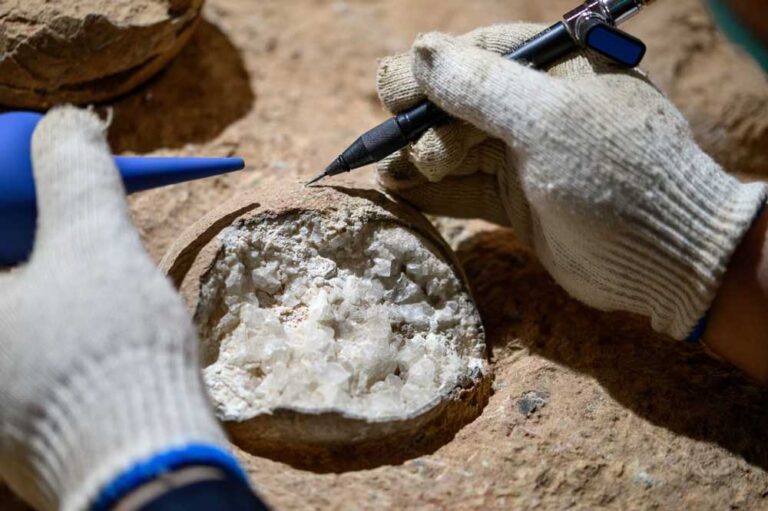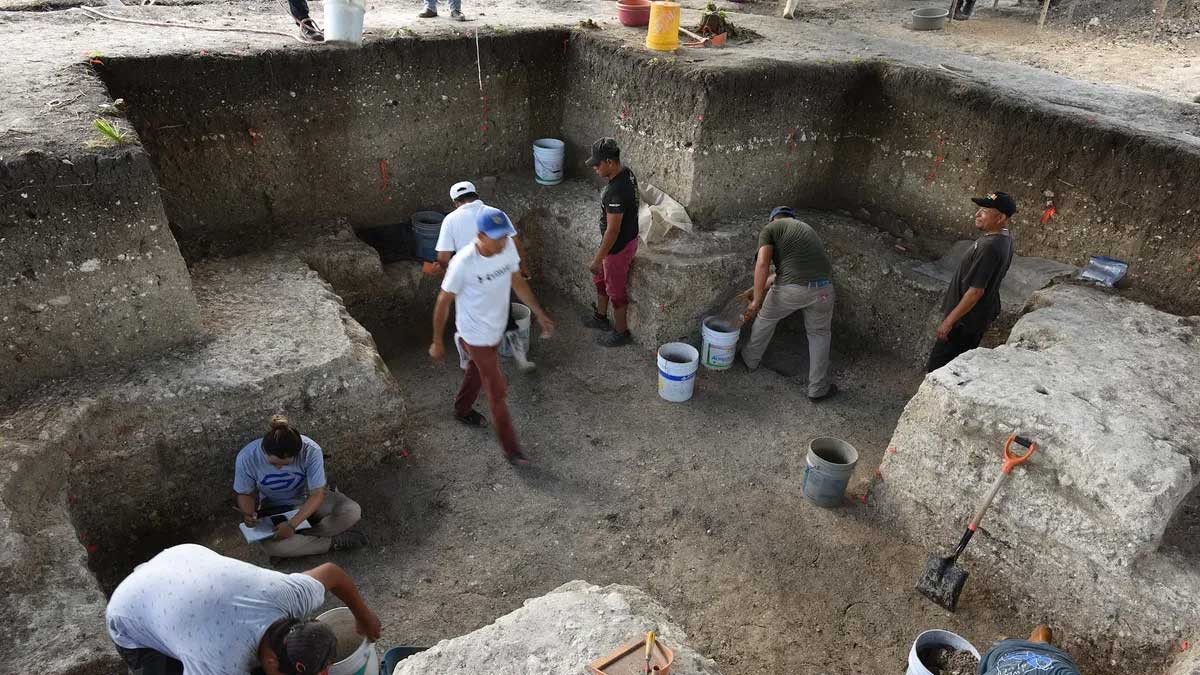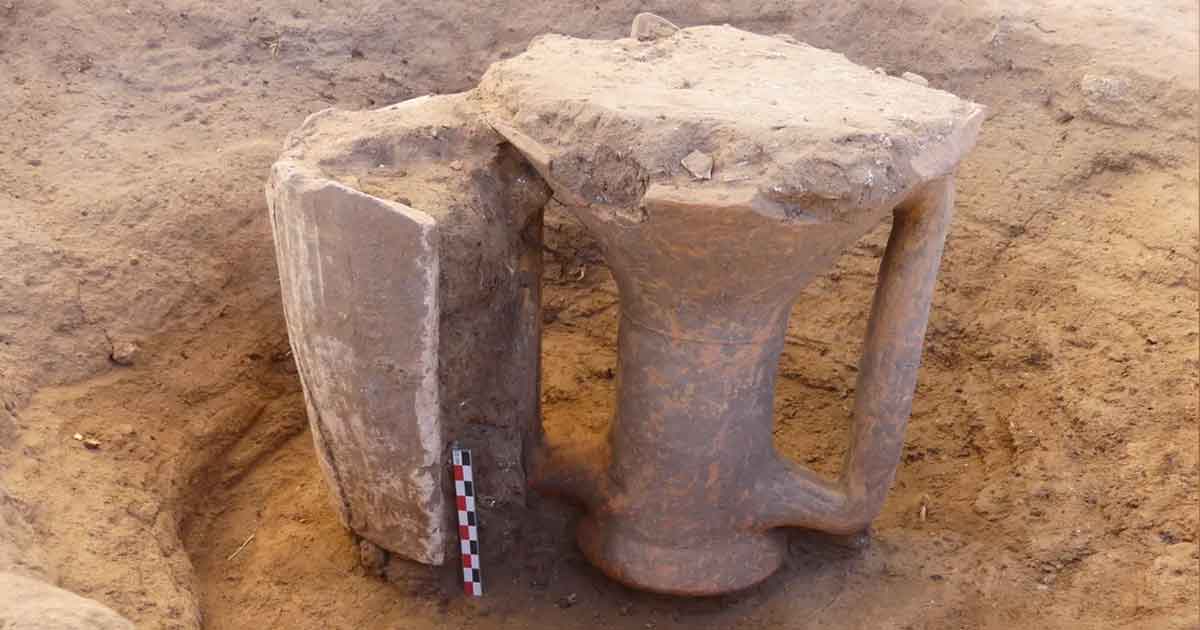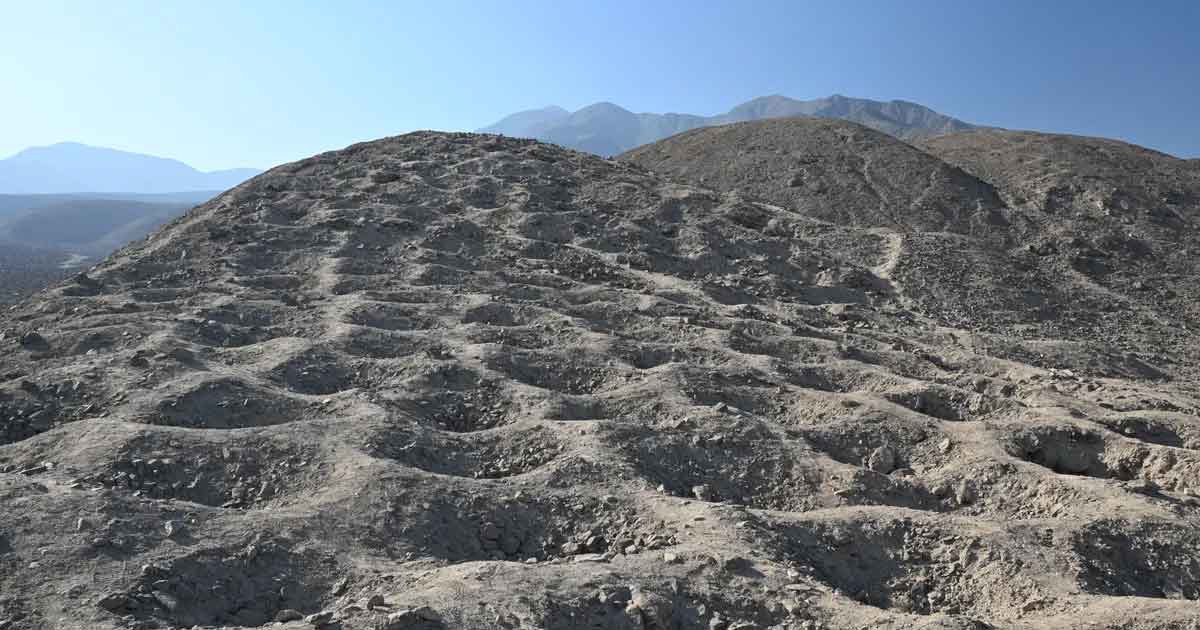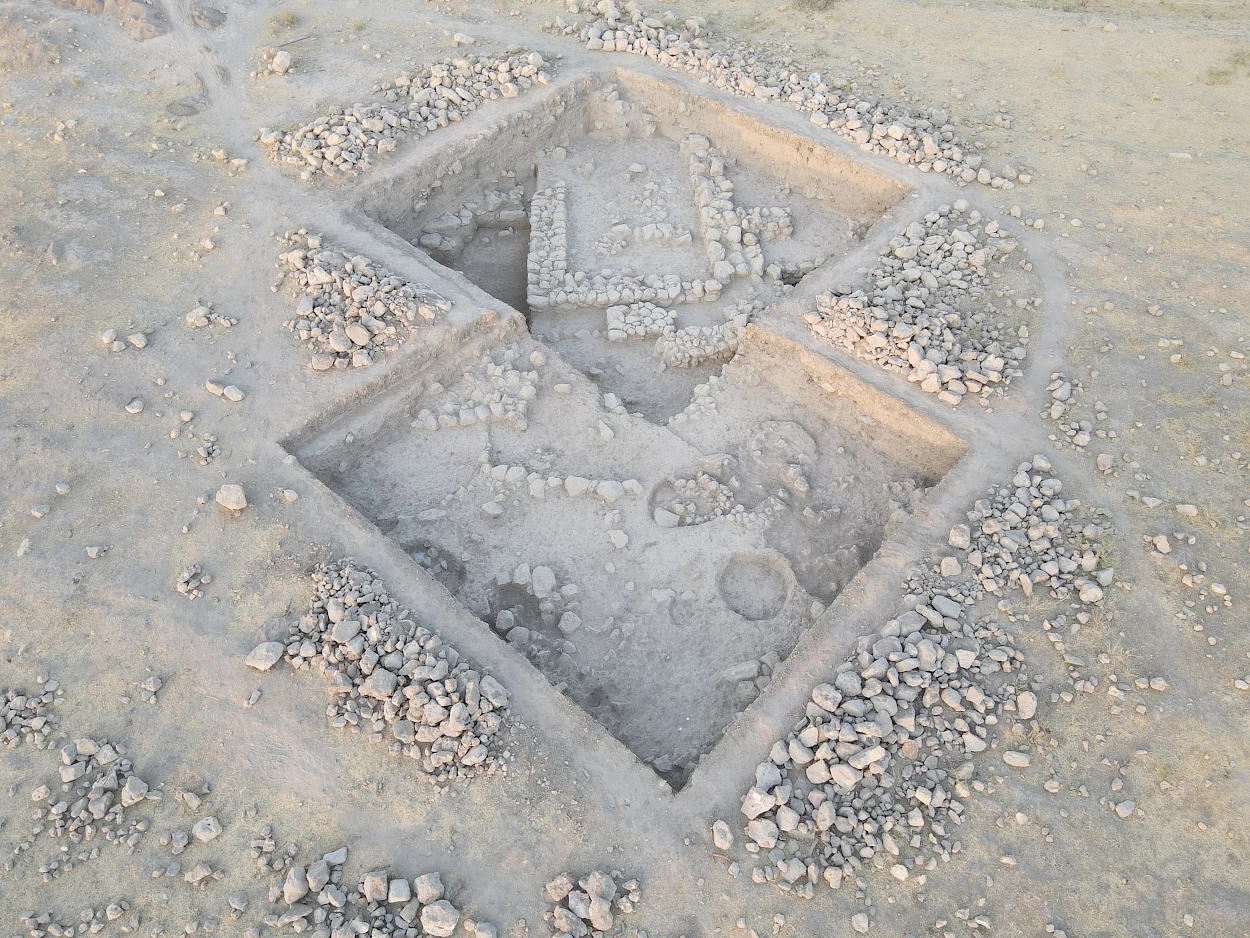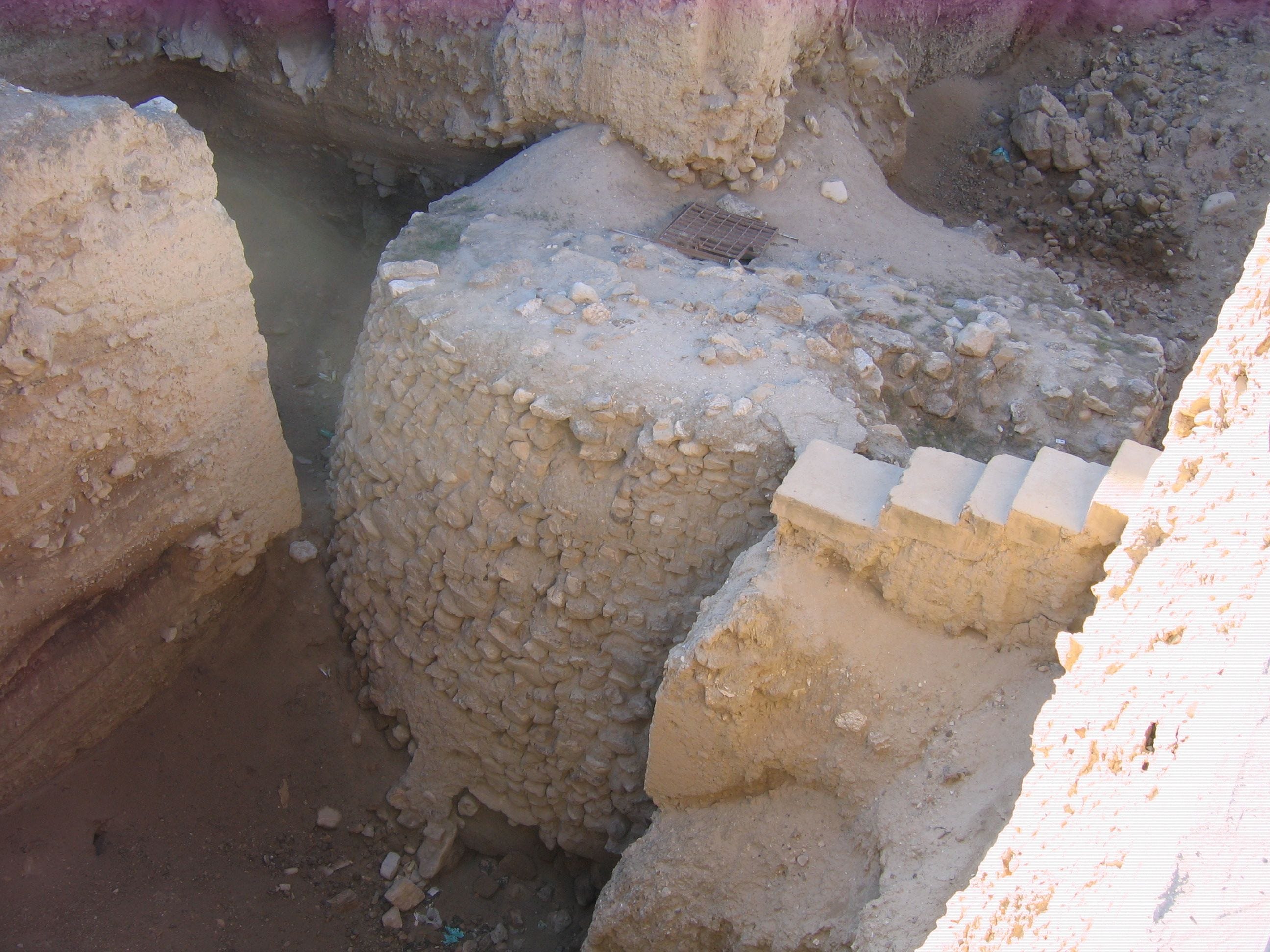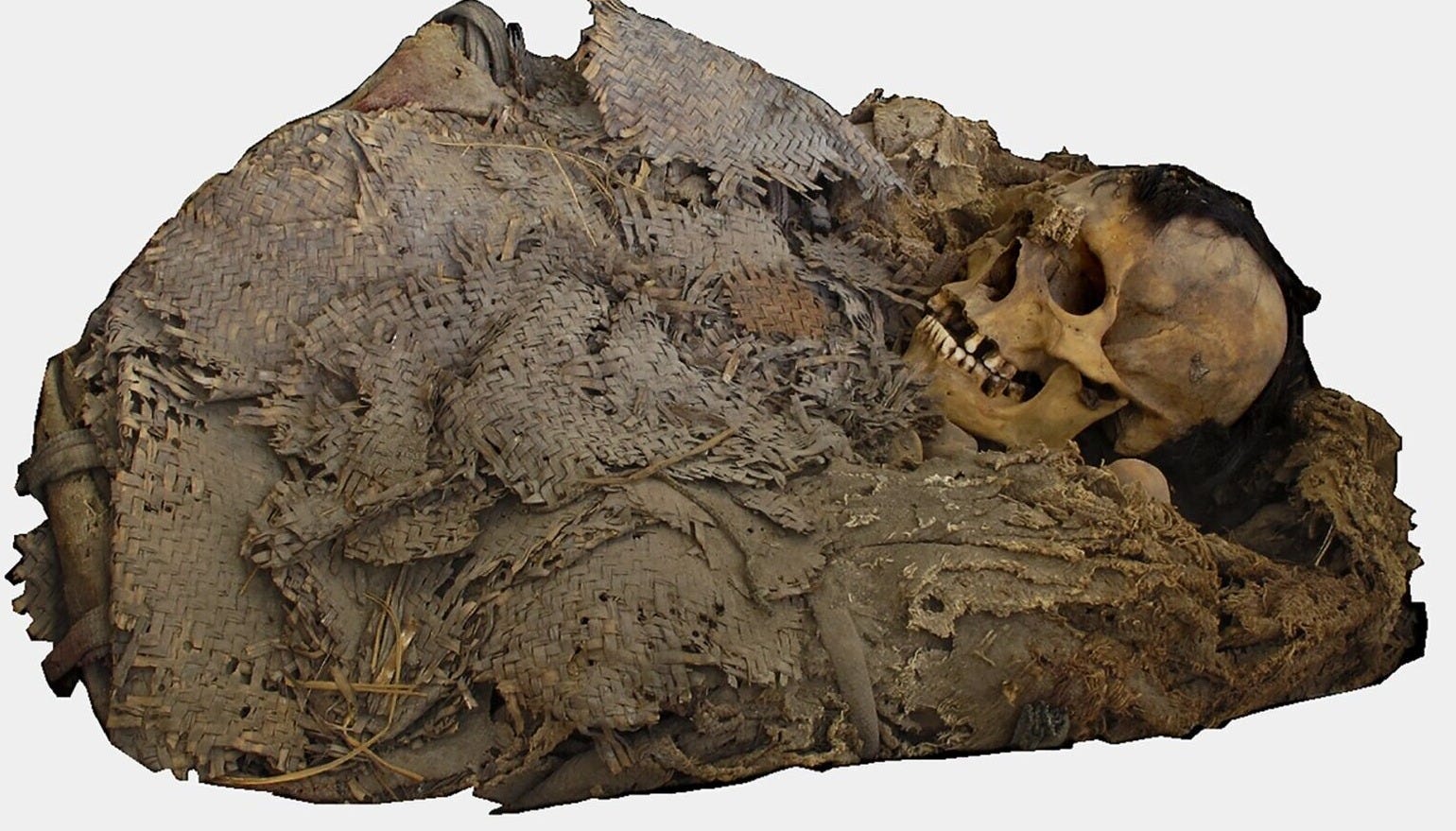Fossil hunters struck gold in China’s Hubei Province, where ancient dinosaur eggs have finally revealed their true age through groundbreaking scientific techniques. For the first time in paleontological history, researchers have successfully dated dinosaur eggs directly, pinpointing their age at 85.9 million years old.
The Qinglongshan site holds special significance as China’s first national dinosaur egg fossil reserve, housing more than 3,000 fossilized eggs spread across three locations. Dr. Bi Zhao and his team from the Hubei Institute of Geosciences employed what they call an “atomic clock” technique to crack the age mystery that has puzzled scientists for decades.
Among the clutch of 28 eggs embedded in siltstone, researchers identified most specimens as belonging to Placoolithus tumiaolingensis, part of the Dendroolithidae family. These particular eggs, characterized by their highly porous structure, have been discovered in both China and Mongolia, suggesting widespread distribution during the Late Cretaceous period.

The breakthrough came through in-situ carbonate uranium-lead dating, a precision method that targets tiny fragments of eggshell material. Scientists fire micro-lasers directly at carbonate minerals within the shell, vaporizing them into aerosol particles. Mass spectrometers then analyze these particles, counting uranium and lead atoms with extraordinary accuracy.
“We fired a micro-laser at eggshell samples, vaporizing carbonate minerals into aerosol,” Zhao explained in their published research. Since uranium naturally decays into lead at a consistent rate over millions of years, researchers can calculate precise ages by measuring accumulated lead content.
Results showed remarkable consistency, with measurements falling within a 1.7 million year margin of error. This level of precision represents a significant advancement over traditional dating methods, which often relied on surrounding rock layers rather than the fossils themselves.

Beyond solving an age-old mystery, these findings open new windows into Late Cretaceous climate patterns. The dated eggs suggest dinosaur adaptation to cooling temperatures that characterized this geological period, providing crucial data points for understanding environmental changes that ultimately led to dinosaur extinction.
Recent paleontological discoveries in China have revolutionized our understanding of dinosaur reproduction and behavior. Similar dating techniques applied to Jurassic sauropod bone cavities from Sichuan Basin have yielded ages of 165.3 million years, demonstrating the broader applications of advanced dating methods across different geological periods.
The timing of these eggs places them squarely within the Late Cretaceous cooling phase, when Earth’s climate shifted dramatically enough to threaten dinosaur survival. Scientists believe these fossil records will prove invaluable for reconstructing ancient environmental conditions and understanding how prehistoric creatures responded to climate stress.
“Our achievement holds significant implications for research on dinosaur evolution and extinction, as well as environmental changes on Earth during the Late Cretaceous,” Zhao noted. The research team’s work transforms static fossils into dynamic storytellers, narrating Earth’s ancient history with unprecedented detail and accuracy.
This technological breakthrough promises to reshape paleontological research methods worldwide. As the first successful application of carbonate uranium-lead dating to dinosaur eggs, it establishes a new standard for direct fossil dating that could revolutionize how scientists approach prehistoric timelines and evolutionary studies.
Featured image: Numerous dinosaur eggs have been found in Shiyan, China, but their age has been unknown until now. Credit: Dr. Bi Zhao

